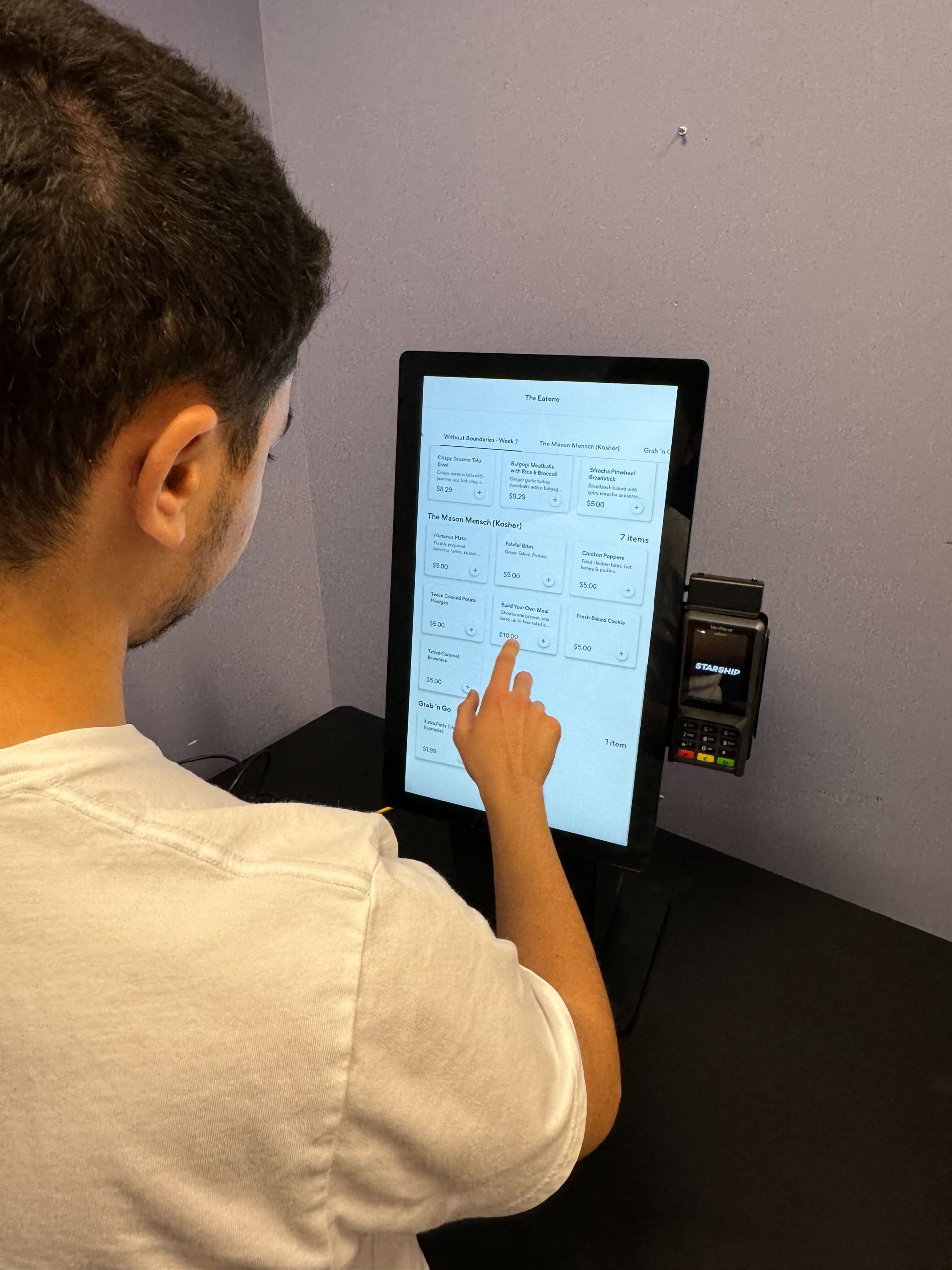This fall, Starship is rolling out more autonomous delivery robots to U.S college campuses.
Already present at 50 campuses, Starship is adding Georgia Institute of Technology, Southeast Missouri State University, University of New Mexico, Prairie View A&M University, and California Polytechnic State University.
And yes, more are on the way, because who can resist the charm of a robot carrying your burrito?
“Technology plays a key part in the university landscape,” said Chris Neider, VP of business development at Starship Technologies. “Students want the latest and great tech, and what better place for it than during their first leave-home experience? You come to a university and see, Wait, they have robots here!? It really creates a ‘wow’ moment,” he said.
Neider says campuses are also ideal environments for last-mile delivery. “Nowhere is time more regimented than on a university. You’re moving between classes, you can place an order right before you’re out, and the robot can meet you at the quad, in the next building, or at your dorm,” he explained.
Using the Starship Food Delivery app, students can place orders by dropping a pin for delivery and then track their robot’s journey in real-time via an interactive map. Once the robot arrives, students receive an alert and can unlock their delivery through the app. The company also previously inked a partnership with delivery hub Grubhub to provide ordering flexibility.
The bots have a bit of personality, too. They can play music and even dance upon request, much to the delight of students, who have created social media pages dedicated to the bots.
Marketplace and updated tech
Starship has also expanded its offerings with the Starship Marketplace, which includes self-order kiosks and mobile pickup options.
The latest upgrades include wireless charging technology, which allows for robots to autonomously drive to a charging station and resume delivery once fully charged.

Starship Marketplace includes self-order kiosks and mobile pickup
Affordability for tight-budget students and sustainability are also top of mind.
“Robots don’t need to work for tips,” said Neider. “We take the deliveries that we’re best at—usually less than a mile—that traditional drivers might not find worthwhile.” Adding that this reduces costs and is more eco-friendly compared to using larger vehicles for small deliveries.
Students can use several forms of payment for service, such as credit/debit cards, Apple Pay and Google Pay—and even use their meal swipes and campus-specific declining balances.
Starship robots are now reaching 1.5 million students offering options from 900 restaurants on U.S. campuses.
While Starship is doubling down on this avenue, the bots operate commercially daily around the world, and have completed nearly 7 million deliveries to date.


